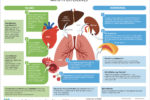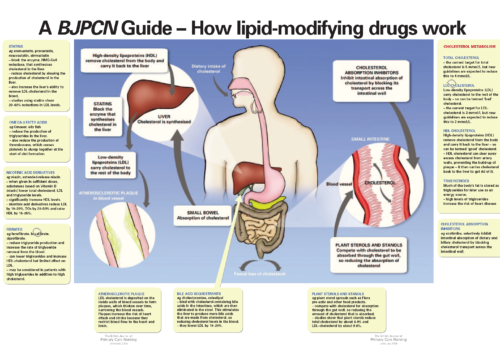Primary healthcare professionals have been set a series of challenges and dilemmas for the management of lipids in the updated Joint British Societies’ (JBS) guidelines for the prevention of cardiovascular disease (JBS2). In this article, we review the changes in emphasis of the new guidelines – teasing out how they can help to further reduce our patients’ risk of cardiovascular disease with tougher cholesterol targets than ever before, together with practical advice on how to achieve these targets.























